Unveiling the Mystery of Yellowing Leaves on Peonies: Troubleshooting and Remedies
Yellowing leaves on peonies can be a distressing sight for gardeners, indicating potential issues affecting the health and vitality of these beloved flowering plants. Understanding the underlying causes of yellowing leaves and implementing targeted remedies can help restore your peonies to their full glory. Let’s delve into common culprits and effective troubleshooting strategies to address yellowing leaves on peonies.

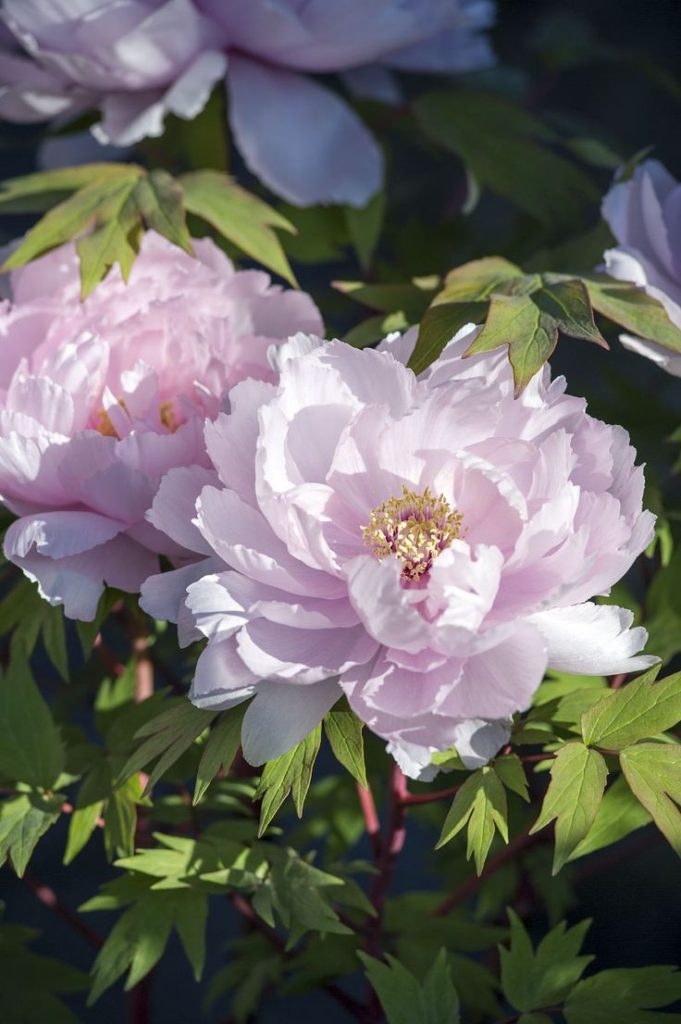
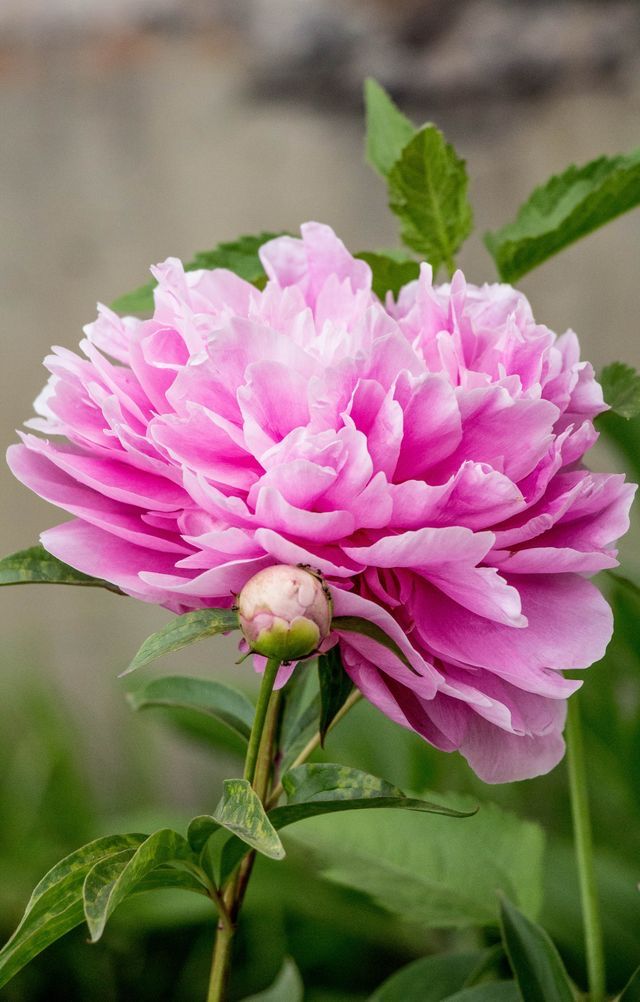
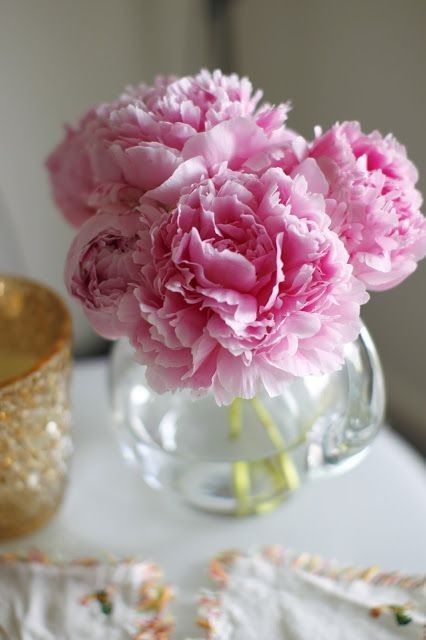
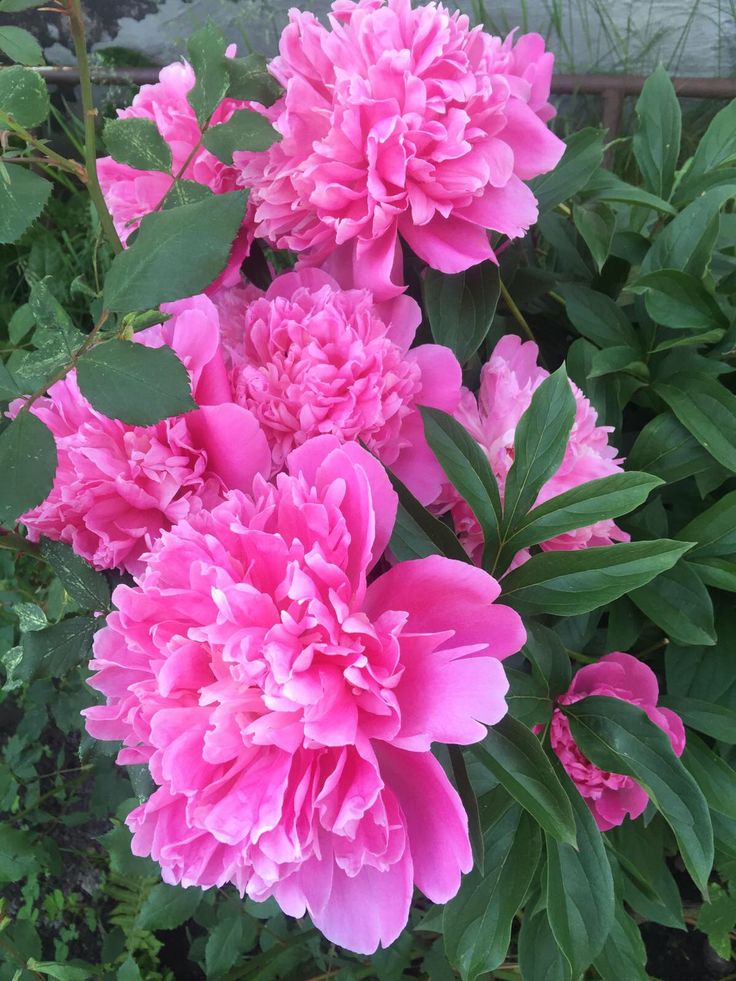
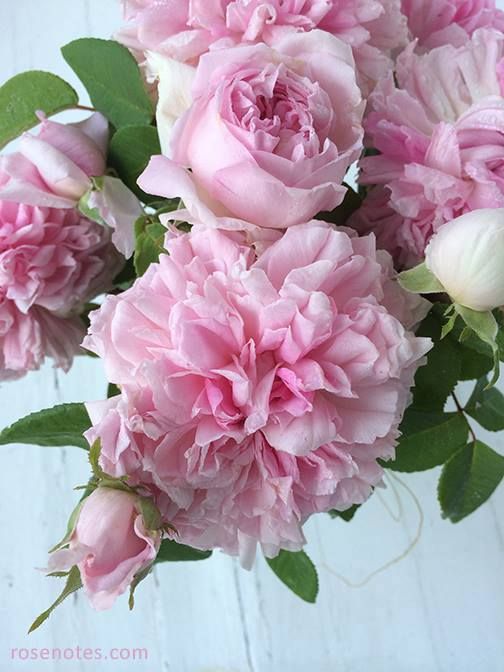
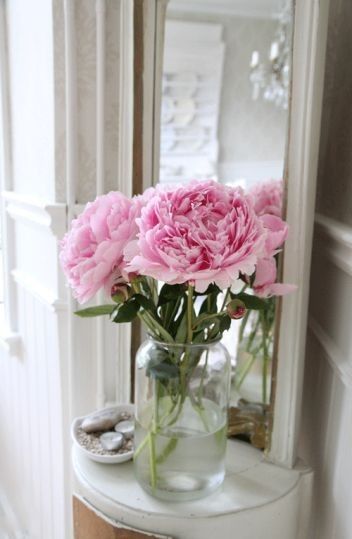

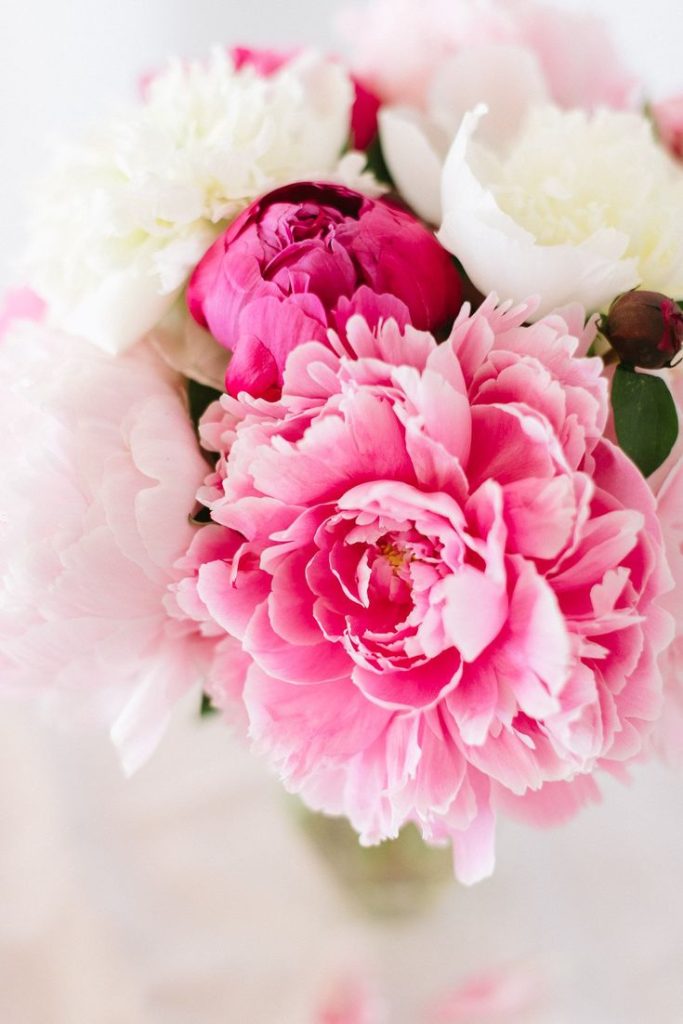


1. Nutrient Deficiencies
- Nitrogen Deficiency: Yellowing leaves with green veins may indicate a nitrogen deficiency, a common issue in nutrient-poor soils. Address this by applying a balanced organic fertilizer or incorporating nitrogen-rich amendments such as composted manure.
- Iron Deficiency: Yellowing leaves with distinct green veins and yellowing tissue between veins (interveinal chlorosis) suggest an iron deficiency. Treat with chelated iron supplements or iron-rich organic amendments like composted leaves or coffee grounds.
2. Overwatering or Poor Drainage
- Waterlogged Soil: Yellowing leaves accompanied by wilting or drooping may signal overwatering or poorly draining soil. Improve drainage by amending heavy clay soil with organic matter and adjusting watering practices to allow the soil to dry out between waterings.
- Root Rot: Yellowing leaves turning brown or black at the base of the plant may indicate root rot, a fungal disease caused by waterlogged soil conditions. Improve soil drainage, avoid overwatering, and remove affected plant parts to prevent further spread of the disease.
3. Pests and Diseases
- Fungal Diseases: Yellowing leaves with spots, lesions, or powdery mildew may indicate fungal diseases such as botrytis blight or leaf spot. Treat with organic fungicides like neem oil or copper-based sprays and improve air circulation around plants to reduce humidity.
- Pest Infestations: Yellowing leaves with holes, stippling, or distorted growth may result from pest infestations by insects such as aphids, spider mites, or thrips. Control pests using natural predators, insecticidal soaps, or horticultural oils while minimizing chemical interventions.
4. Environmental Stress
- Excessive Sun Exposure: Yellowing leaves with scorched or burnt edges may indicate sunburn or heat stress, especially during hot summer months. Provide afternoon shade or use shade cloth to protect peonies from intense sunlight.
- Transplant Shock: Newly transplanted peonies may experience yellowing leaves as they adjust to their new environment. Ensure proper watering and avoid disturbing the roots to minimize transplant shock.
5. Soil pH Imbalance
- Alkaline Soil: Yellowing leaves accompanied by stunted growth or nutrient deficiencies may result from alkaline soil conditions. Test soil pH and amend with elemental sulfur or acidic compost to lower pH and improve nutrient availability.
- Acidic Soil: Acid-loving peonies may exhibit yellowing leaves in overly acidic soil. Test soil pH and amend with lime or alkaline compost to raise pH levels and create a more balanced growing environment.
Conclusion
Identifying and addressing the underlying causes of yellowing leaves on peonies is crucial for restoring plant health and vitality. By troubleshooting potential issues related to nutrient deficiencies, watering practices, pests, diseases, environmental stressors, and soil pH imbalance, you can implement targeted remedies to revive your peonies and ensure they thrive with lush green foliage and abundant blooms.
FAQs (Frequently Asked Questions)
- Can yellowing leaves on peonies be caused by too much fertilizer?
- Yes, excessive fertilizer application, especially high-nitrogen fertilizers, can lead to nutrient imbalances and yellowing leaves on peonies. Follow recommended fertilization rates and avoid over-fertilizing to prevent nutrient toxicity and related issues.
- Should I remove yellowing leaves from my peonies?
- Yes, it’s advisable to remove yellowing or diseased leaves from peonies to improve air circulation, prevent disease spread, and promote overall plant health. Use sanitized pruners to trim affected foliage and dispose of it properly to minimize disease transmission.
- How often should I water peonies to prevent yellowing leaves?
- Water peonies deeply and infrequently, providing 1-2 inches of water per week during the growing season, depending on soil moisture levels and weather conditions. Allow the soil to dry out slightly between waterings to prevent waterlogging and associated problems like root rot.